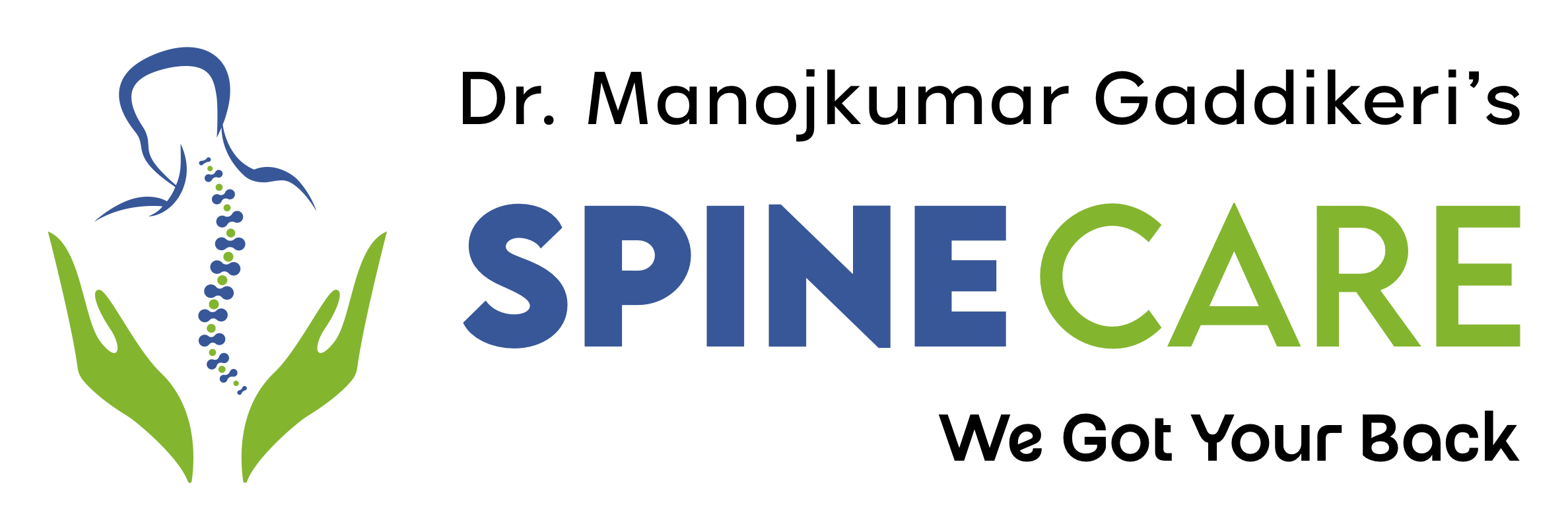Introduction
Sciatica is a painful condition that occurs when the sciatic nerve, which runs from your lower back through your hips and down each leg, becomes irritated or compressed. The pain associated with sciatica can vary from mild to severe, and it often makes everyday activities like sitting, standing, and walking challenging.
While severe cases may require professional medical treatment, there are several effective methods for sciatica treatment at home. These methods aim to reduce inflammation, relieve pain, and improve mobility. In this blog post, we will explore practical, at-home treatments that can help alleviate sciatica pain and improve your quality of life.
Understand the Causes of Sciatica
Before jumping into treatment methods, it’s essential to understand what causes sciatica. The condition typically results from a herniated disc, spinal stenosis, or other spinal issues that compress or irritate the sciatic nerve.
Common Causes of Sciatica:
- Herniated or bulging disc: A disc in your spine that presses against the sciatic nerve.
- Spinal stenosis: Narrowing of the spinal canal that compresses the nerves.
- Piriformis syndrome: A muscle in the buttock (the piriformis) irritates the sciatic nerve.
- Degenerative disc disease: The breakdown of discs between the vertebrae, leading to nerve compression.
Understanding the root cause of your sciatica can help guide your at-home treatment choices. In many cases, however, symptoms can be managed effectively at home, even if you don’t know the exact cause.
Rest and Proper Positioning
In the early stages of sciatica, rest is essential to give the affected area time to heal. However, bed rest should not be prolonged, as inactivity can worsen symptoms.
How to Rest Effectively:
- Avoid prolonged sitting or standing: Sitting for long periods can increase pressure on the sciatic nerve. If you must sit, make sure your chair supports your lower back and allows you to sit upright.
- Sleep on your side: Lying on your side with a pillow between your knees can help alleviate pressure on your lower back and hips. Alternatively, if you prefer sleeping on your back, place a pillow under your knees to support the natural curve of your spine.
While rest is important, it’s crucial to stay as active as possible without causing additional strain. Gentle movement is key to recovery.
Hot and Cold Therapy for Sciatica Relief
Both heat and cold therapy can be effective in treating sciatica pain, as they reduce inflammation, improve blood flow, and provide pain relief.
How to Use Cold Therapy:
- Ice packs: Wrap an ice pack in a towel and apply it to the lower back or affected leg for 15-20 minutes at a time. Cold therapy helps reduce inflammation and numbs the area, providing immediate pain relief.
- When to apply: Cold therapy is most effective in the first 48 hours after sciatica pain begins, particularly if the pain is caused by inflammation or swelling.
How to Use Heat Therapy:
- Heating pads: Apply a heating pad to the lower back or the affected leg for 15-20 minutes. Heat therapy helps relax tight muscles and improves blood flow, which can help relieve pain and stiffness.
- When to apply: Heat is typically most beneficial after the initial swelling has gone down (after the first 48 hours) or if muscle spasms are contributing to your discomfort.
Both hot and cold therapy are simple, effective ways to manage sciatica pain at home.
Stretches and Exercises for Sciatica
Gentle stretching and exercises can help relieve the pressure on the sciatic nerve, improve flexibility, and strengthen the muscles that support your spine.
Effective Sciatica Stretches:
- Piriformis Stretch: Lie on your back with both knees bent. Cross one leg over the other, resting the ankle on the opposite knee. Gently pull the uncrossed leg toward your chest until you feel a stretch in your buttock.
- Knee to Chest Stretch: Lie on your back with your knees bent. Bring one knee toward your chest, holding it with both hands for 20-30 seconds. Repeat with the other leg.
- Seated Forward Bend: Sit with your legs extended in front of you. Slowly bend forward at the waist, reaching for your toes while keeping your back straight. Hold for 15-20 seconds, then relax.
Sciatica Exercises:
- Pelvic Tilts: Lie on your back with your knees bent. Tighten your abdominal muscles, flatten your lower back against the floor, and hold for a few seconds before relaxing.
- Cat-Cow Stretch: Start on your hands and knees. Slowly arch your back upwards (cat position) and then lower it, allowing your belly to sag toward the floor (cow position). Repeat 10-15 times.
Be sure to perform stretches and exercises gently, without forcing any movements. If any exercises worsen your pain, stop immediately and consult a healthcare provider.
Over-the-Counter Pain Relief
For many individuals with sciatica, over-the-counter (OTC) pain medications can provide short-term relief.
Common Medications:
- NSAIDs (Non-Steroidal Anti-Inflammatory Drugs): Medications like ibuprofen or naproxen can help reduce inflammation and alleviate pain.
- Acetaminophen: While not an anti-inflammatory, acetaminophen (Tylenol) can be effective for managing mild pain.
- Topical creams: Creams containing menthol, capsaicin, or lidocaine may provide temporary relief when applied to the affected area.
Always follow the dosage instructions on the label and consult with your doctor before taking any medication, especially if you have other underlying health conditions.
Lifestyle Changes to Prevent Sciatica Pain
Preventing future flare-ups of sciatica is just as important as treating it. Making small adjustments to your daily habits can help protect your spine and prevent nerve irritation.
Tips for Preventing Sciatica:
- Maintain a healthy weight: Excess weight puts additional strain on your spine and can increase the risk of sciatica.
- Exercise regularly: Keep your core and lower back muscles strong to support your spine. Aim for exercises that improve flexibility, strength, and posture.
- Avoid heavy lifting: If you need to lift something heavy, use proper techniques—bend at the knees, not the waist, and avoid twisting.
- Practice good posture: Keep your back straight when sitting, standing, or walking to reduce pressure on your spine.
By making these changes, you can reduce your risk of sciatica and improve overall spinal health.
When to Seek Medical Help
While many people find relief from sciatica with at-home treatments, it’s essential to consult a healthcare provider if:
- The pain lasts more than a few weeks.
- You experience weakness, numbness, or tingling in your leg.
- You have trouble controlling your bladder or bowels.
- The pain is severe or becomes progressively worse.
In some cases, sciatica may require medical intervention such as physical therapy, prescription medications, or even surgery.
Conclusion
Sciatica can be debilitating, but with the right at-home treatments, most people can manage and reduce their pain effectively. From rest and proper positioning to stretching, exercise, and over-the-counter medications, these home remedies can help alleviate discomfort and promote healing.
However, it’s essential to listen to your body and seek medical advice if necessary. By combining these self-care strategies with professional guidance, you can take control of your sciatica and return to a pain-free lifestyle.








